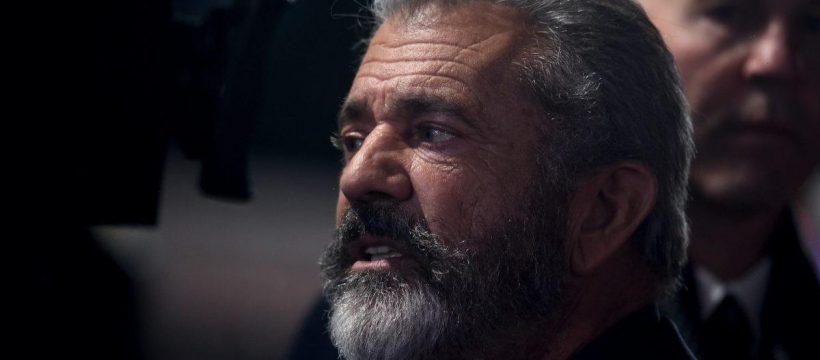Mel Gibson’s Braveheart is still a cinema classic over 25 years later. The film which won 5 Academy Awards was an immediate fan favorite and won tons of critical praise. Though modern war epics are stylized a little differently than Braveheart, the film was groundbreaking for its action sequences that contained all the frantic energy of a battle while still having narrative clarity.
Over the years, several movies have attempted to recreate the magic of Braveheart and continue the tale of Scottish independence, but the magic has never quite been duplicated like the original classic. It’s hard to recreate what made Braveheart so special when the production was so committed to realism and fantastic storytelling that Mel Gibson may have been trampled on the set of his own movie if not for a stunt double.
Mel Gibson: Realistic set– realistic danger
While on the set of Braveheart, Gibson encountered his share of dangers. The production ended up being surprisingly injury-free, with Gibson saying, according to the Irish Independent, that the only injuries on set were really “a broken ankle and a hangnail and a busted nose.”
Gibson, however, did nearly run into more than his fair share of serious injury while filming. It seemed that the star clashed mostly with the horses that they used, saying that his horse would run away whenever he said his lines, ruining the shot. While most battle scenes used fake horses in combat, one scene in which Gibson fell off his horse nearly resulted in disaster.
The horse had been trained to rear up and throw its rider for filming, but would also back up slightly as it pranced, “which is a problem if you’ve fallen off first, and you’re behind him.” Gibson said of the incident. “He did that to me. My stunt double ran in and pulled me out of the way just as the horse fell.”
Commitment to the project
While that may have been the closest Gibson came to serious injury on the set, filming certainly did take a toll on the star. Gibson was on set for 105 straight days, many of them for 14 hours or more of filming according to IMDb. He would later say that the project had been more physically taxing than shooting 3 Lethal Weapon movies in a row.
The budget for the film was massive for the time, and thousands of people were needed to bring the entire production to life, including members of the Irish military. Gibson was not only the star but also the director of the film, so it took a lot out of him with such a weighty production all coming down to his performance.
A bit too rough on Mel Gibson
With such a difficult production, it must have felt wonderful to see the glowing fan reception and award recognition that Braveheart received. Gibson’s troubles with the production weren’t over though, as the star was rushed into an emergency appendectomy procedure just weeks before the film would go on to sweep the Academy Awards.
Gibson came out of the procedure alright, but he must have been reminded of the similar– if a little more primitive and painful– procedure that he filmed in Braveheart months before. Originally the disemboweling in his execution was filmed in every last gory detail according to Maxim. The studio eventually elected to pull back to an off-camera, implied disemboweling though to avoid an NC-17 rating, and it was probably a good choice.
Braveheart is an absolute classic that deserves its place in the halls of Hollywood legends. Though there are always things to critique about movies, the film was ahead of its time in so many ways. Its groundbreaking developments in filmmaking and the commitment of the cast and crew towards excellence show through in a film that still holds up to this day.
Source: Read Full Article

